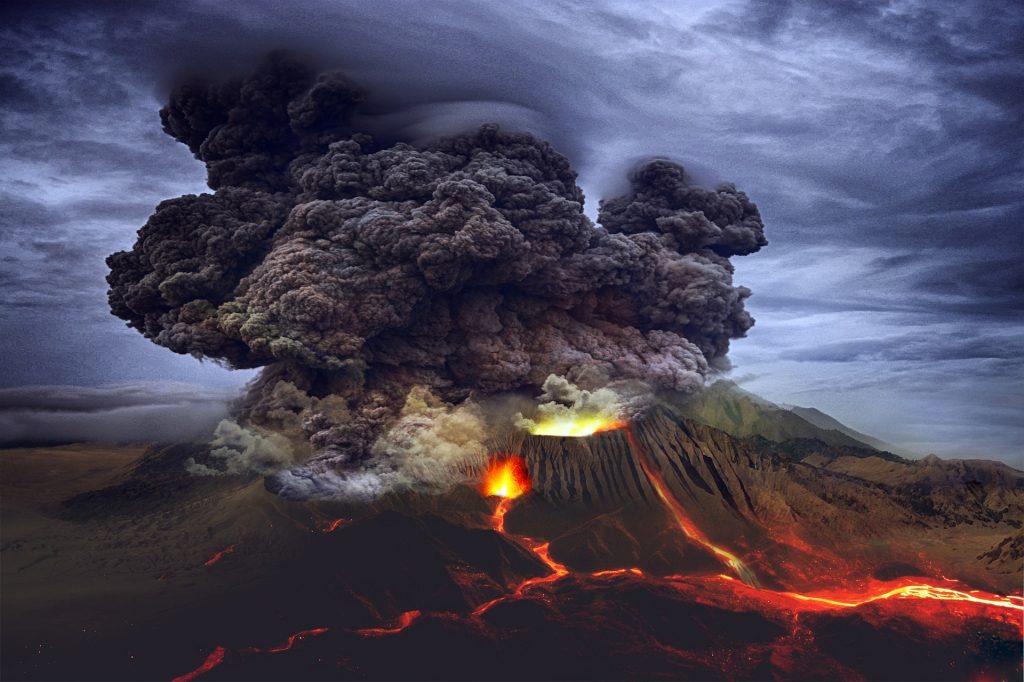- Minerals are formed from magma. Let’s think of the magma that is boiling in the heart of the Earth, that’s the place where stones and rocks come from.
- Within the Earth’s layers we find chemical composition, such as Silicon dioxide, aluminium oxide, iron, calcium, magnesium, nikel and others.
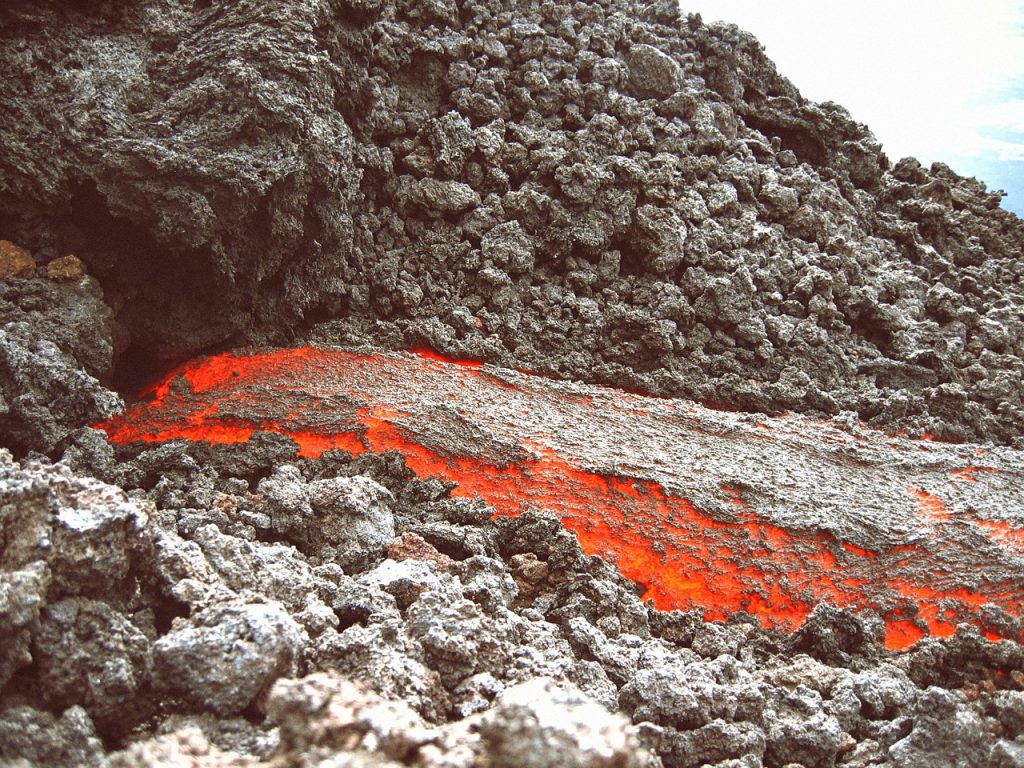
There are three ways in which minerals and crystals are formed:



Minerals and Crystals formed in Igneous Rocks
- Magma is a mass of molten rocks and the process depends on the cooling phase, if is a homogenous matter then is a mineral, but if is a mixture of substances of several minerals, it is called rock.
- If the magma goes to the surface through volcanic origin is called vulcanites otherwise if is formed deep in the earth is called intrusive rocks or plutonites. Fire opal for example is formed through volcanic activity.
- Obsidian (a very protective stone) is formed when the lava cools extremely quickly by contact with cold water forming a glass-like mass. The appearance of obsidian varies largely depending on its composition. You can find black obsidian, mahogany, rainbow and snowflake to mention the most common ones.
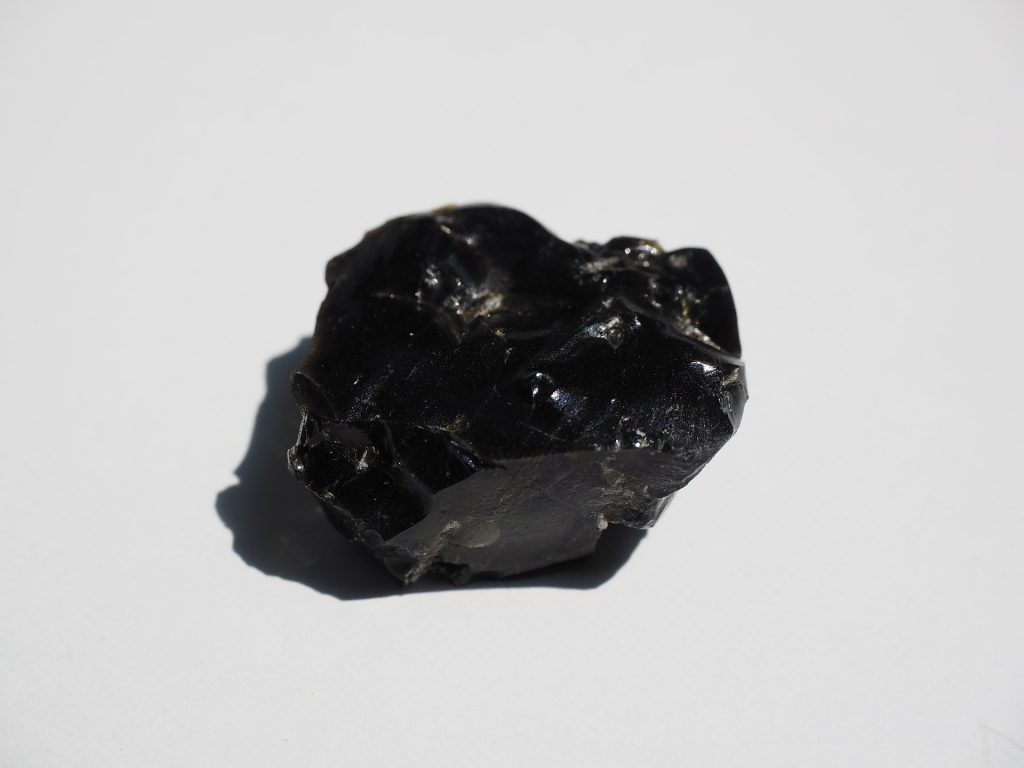
- The magma is the potential forming minerals and rocks. Magma is not the same everywhere neither the substances containing it, that’s the reason why you find only certain types of crystals in some part of the world.
- Samples of plutonites that come from liquid-magmatic formation with high temperatures between 1100 degrees and 700 degrees Celsius are Amazonite, Aventurine, Peridot and Rose Quartz.
- Sometimes during this process vapours and gases are involve as it reaches others rocks in its surroundings forming crystals such as Lepidolite, Muscovite, Petalite, Topaz and Tourmaline.
- Other minerals are formed from substances dissolved in the water and this formation is called hydrothermal. Samples of crystals formed in this way are Crystal Quartz or Rock Crystal, Chalcedony, Fluorite, Kunzite and my lovely one, Carnelian.
- As the water containing these substances can penetrate cracks and fissures on the rocks, the process of cooling off is slower and the space for growing is undisturbed then we have the most fantastic crystals such as Agate, Smoky Quartz and Apophyllite
- This process can take hundreds of years to form! What a treasure!
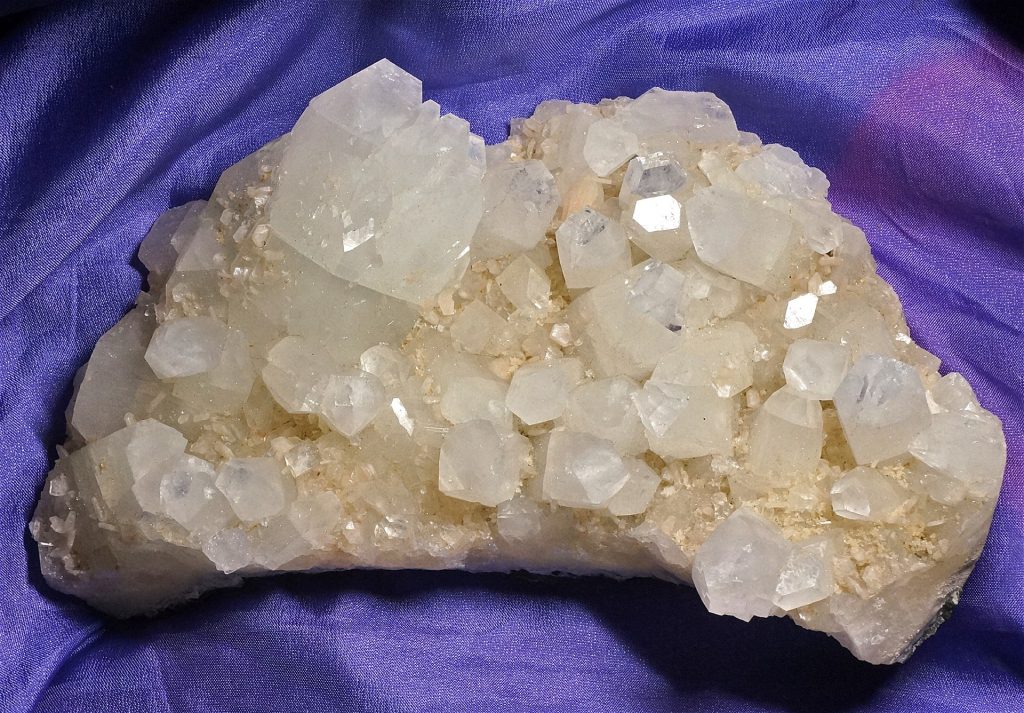
- The results are going to depend on pressure, heat, space and time. Now let’s take a look at how minerals are form in Sedimentary rocks.
- To make it simple weathering occurs when rocks break down realising all the minerals containing within. This happens when rocks are exposed to the atmosphere, water and living organism at the surface.
Erosion
- Erosion is the movement of rock substances that are transported by water streams. Wind, water and gravity are factors of erosion.
- Have you ever wonder why there are so many round pebbles in the rivers? After mountains have been split off by weathering the flowing of water reshape the pieces of rocks into round pebbles as they roll against each other polishing them!
Sedimentation
- It occurs when the water deposits all what has been carry on so new rocks are formed. The beautiful Anglesite, Calcite, Dolomite, and Pyrite are samples of crystals formed in sedimentary rocks
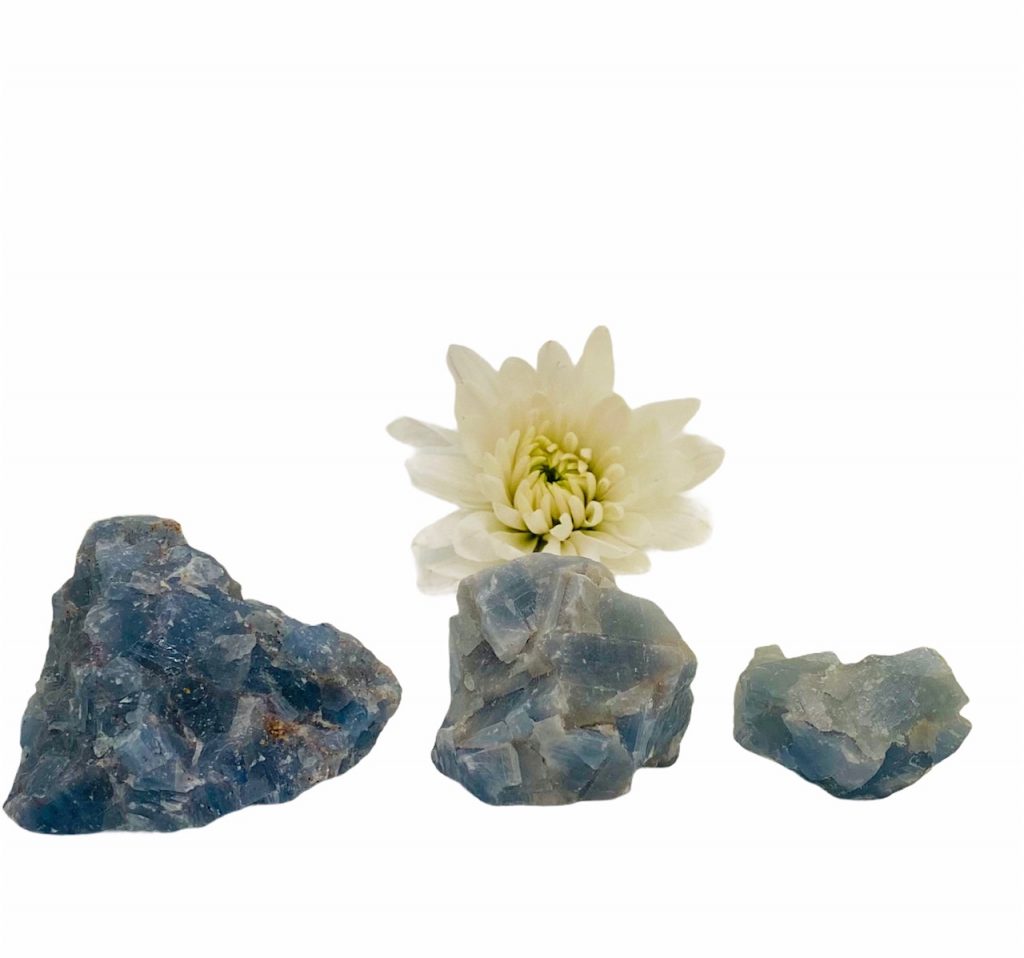
- Now! In Geology anything is simple but I am trying to do my best to simplify this information for you! We need to mention that are zones between the surface and the water table when more minerals are form specially those sedimentations that are rich in ore.
- Take a look at this! The region above the water table is called oxidation zone the region next to water table is called cementation.
- Let’s go first for the oxidation zone; is called like that because oxygen from the air intervene as the sedimentation is still no deep enough. Chemically oxidation is when there is a release of electrons.
- Metal atoms transform into ions and only in this way they are able to form new compounds. Minerals created in this oxidation zone are, our protective Malachite, the powerful Chrysocolla, Dioptase and Zurite to name few.
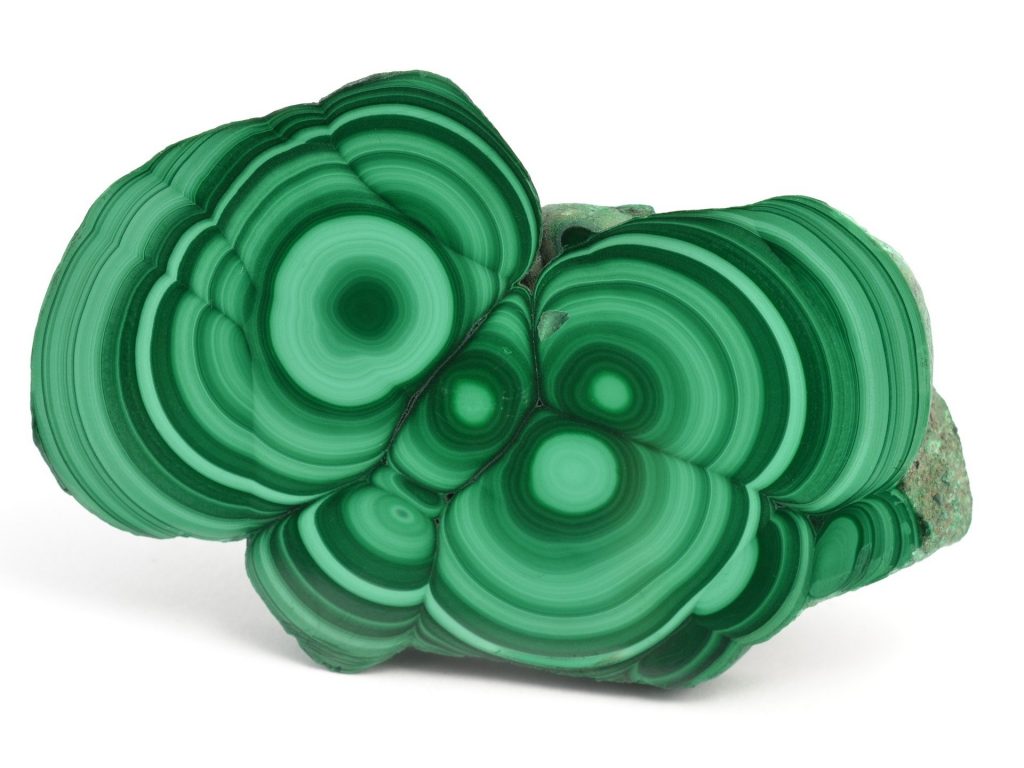
- On the other hand, chemically in the cementation process there is a collection of electrons. Neutral metal atoms do not remain in solution so we find in this cementation zone copper or silver.
Minerals and Crystals formed in Metamorphic Rocks
- This process is simple to understand as the existing rock that has been under extreme pressure and hit without becoming melted, has changed its appearance and shape.
- Additional exchange of elements with neighbour rocks can lead to a process called metasomatism and that’s the formation process of the famous Tiger’s eye, Charoite and Rhodonite for example.
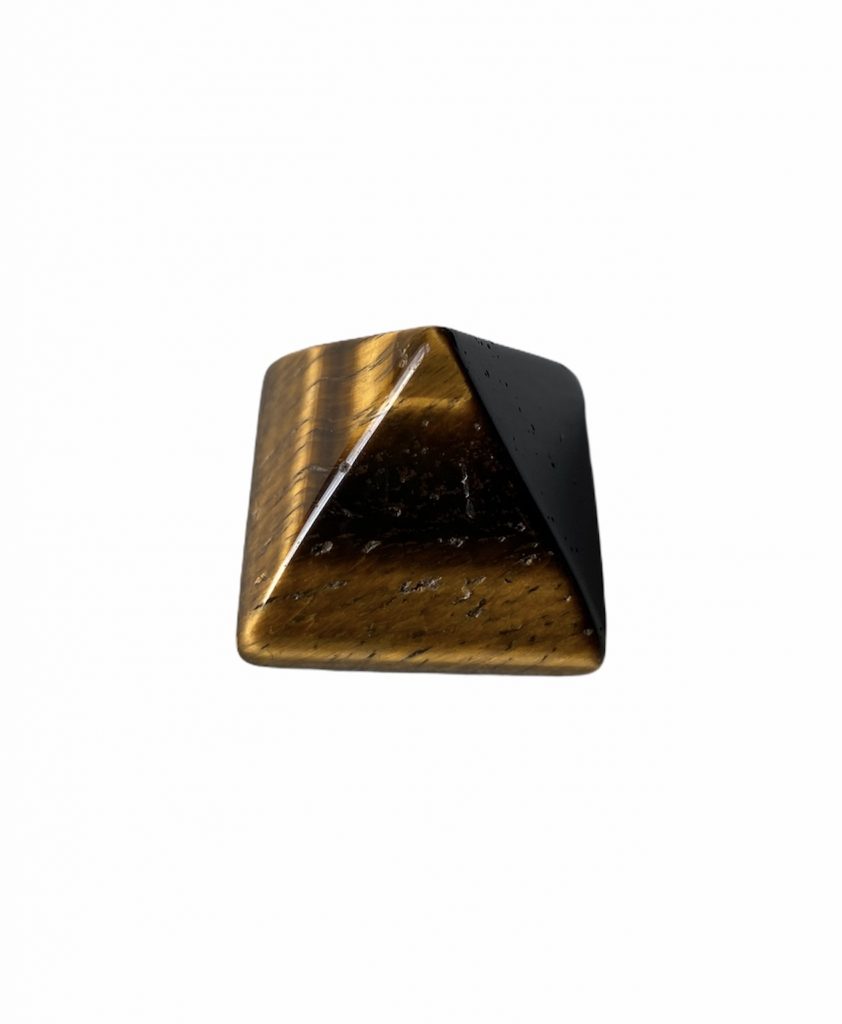
Other rocks formed in the vicinity of volcanic chimney are Ruby and Sapphire. Included in this process are the beautiful Garnet, the amazing kyanite, Jade and Serpentine
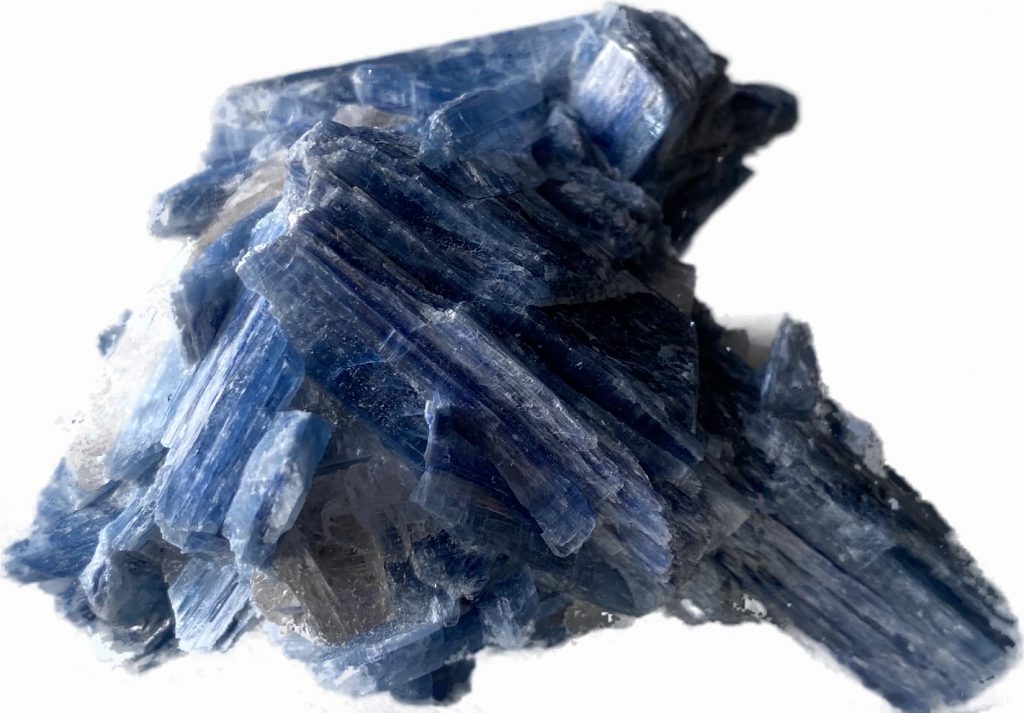
Check out our category of Crystals and get fascinated by their beauty! Anyone can be yours!
Author
Natacha Segura
Sources:
Crystal Power, Crystal Healing, Michael Gienger
Rock and Gem, Smith Onian
The Encyclopedia of Crystals, Judy Hall

